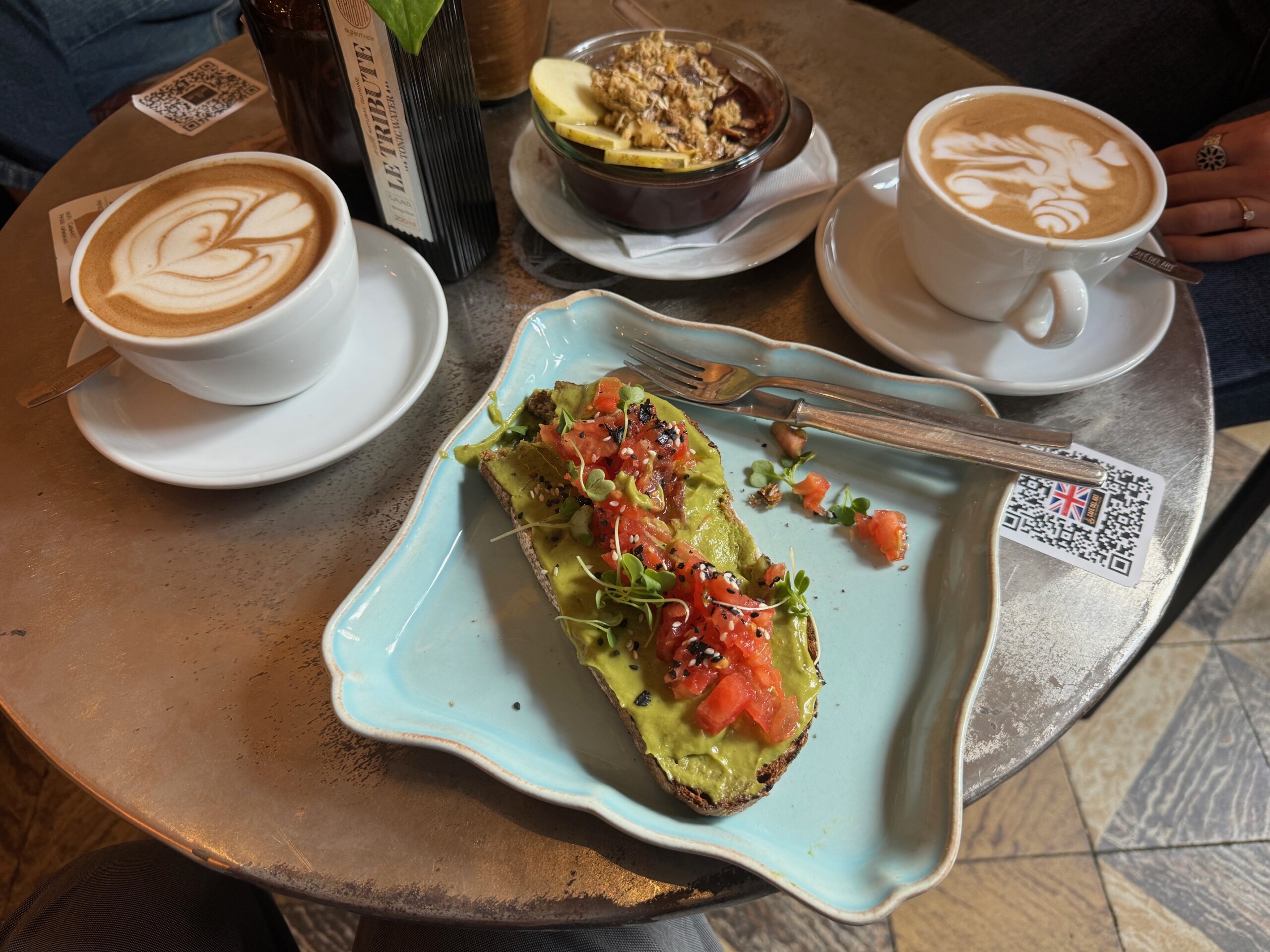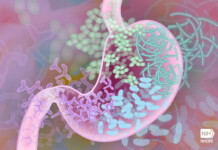Most nutrition advice is targeted to the average American: Don’t drink fruit juice. Eat less sugar. Stay away from pasta. Take the saltshaker off the table. Does this same advice pertain to athletes? Sometimes, yes. Sometimes, no.
Physiologically speaking, the body of a healthy, fit athlete differs significantly from the body of the unfit “average American.” For example, compared to an unfit per-son, an athlete’s muscles readily take up sugar (glucose) from the blood; this means “sugar spikes” are less of a concern.

This article highlights the confusion stemming from nutrition advice that does not always apply to the needs of athletes. One size does not fit all!
I’ve stopped eating (fattening) potato, pasta & starchy carbs with dinner. I eat a pile of veggies, instead.”
To start, starchy carbs are not inherently fattening. Excess calories of any kind of food are fattening. Eating a “pile of veggies” for “healthier” carbs is expensive, time consuming, likely to result in a very high fiber diet (leading to undesired pit stops), and unlikely to optimally refuel muscles.
Carb-dense (sweet) potato, (brown) rice, (whole wheat) bread, and other starchy carbs/grains optimize fueling the muscles of athletes who train hard. A strong carb intake can prevent “dead legs” and disappointing workouts. The harder you exercise, the greater your needs for starches/grains. At least 1/3 to 1/2 your plate can be starches (at least 200 calories from starch/meal ((2.5-4.0+ gram carb/lb body weight per day).
I enjoy recovering from my workouts with a 40-gram-protein shake.
While a bit of post-workout protein can help build and repair muscles, you actually want three times more carbs than protein to refuel depleted muscles. An effective dose of post-exercise protein is ~0.12-0.15 grams protein per pound body weight (0.25 -0.3g pro/kg). For 120- to 170-pound athletes, that’s about 15 to 20 grams protein, the equivalent of 2 to 3 eggs in a recovery breakfast, or 16-ounces chocolate milk. If you really want to use protein powder, blenderize it with carb-rich chocolate milk +banana or juice + frozen fruits.
I don’t drink orange juice anymore. Too much sugar.
For busy athletes who train hard, have limited time to eat, and consume too little fruit, 100% juice is exactly what their sports diet needs! While most calories in juice (and fruit) are from sugar; abundant nutrients come along with that sugar. Eight ounces OJ provides 100% of the daily need for vitamin C, replaces potassium lost in sweat, and offers folic acid (critical for women who might become pregnant). By choosing a variety of colorful juices (purple grape, red cranberry, yellow pineapple, blue blueberry) athletes can consume a variety of health-promoting compounds that fight inflammation. If you’ve stopped drinking OJ, at least eat an orange, berries, or other fruit…
I’ve stopped salting my food.
When athletes sweat, they lose sodium, a part of salt. The standard American diet contains far more sodium than most people need, so most sweaty athletes can easily consume abundant sodium. That said, if you have a post-workout layer of salt on your skin and you are craving salt, sprinkle some on your food! Salt cravings indicate your body needs salt.
I use electrolyte tablets after long workouts.
Electrolytes (more commonly called minerals: calcium, sodium, potassium, magnesium) are abundant in food. Chances are you will consume more electrolytes in your recovery meal than you will get from electrolyte tablets.
Sodium is the key electrolyte of concern. Before taking electrolyte supplements, read the Nutrition Facts on food labels to educate yourself about the sodium in the foods you commonly eat. You might be shocked to learn the 270 mg sodium in a 20-oz bottle Gatorade is less than the 450 mg in a Thomas’ plain bagel, the 470 mg in a 1/2 cup Prego pasta sauce, 600 mg in a sprinkling (1/4 tsp) of salt on your pre- or post-exercise meal, or the 850 mg in a cup of chicken broth.
I crave sugar. I’m trying to not eat it…
Sugar cravings commonly happen when athletes get too hungry, when they fail to eat enough calories at breakfast and lunch. By afternoon, their gas tank is empty, and their body is shouting for quick energy: sugar! To curb sugar-cravings (and easily reduce your sugar intake), simply eat more breakfast and lunch. If you stop eating breakfast just because the food is gone or becuase you think you should, think again. Stop eating because you feel content and satisfied.
Your body can tell you how much food it requires IF you listen to it! If you don’t trust your body to feel fullness, please meet with a sports dietitian (RD CSSD). This nutrition professional can estimate energy needs and design a food plan that distributes adequate food throughout the day, thereby curbing hunger and urges for sugar.
I try to not snack in the afternoon…
Athletes need snacks! They get hungry and should eat at least every four hours. If you have breakfast at 7:00, you’ll want lunch by 11:00, and then a second lunch by 3:00. (Note: change snack to second lunch, so you end up choosing quality food in this mini-meal, such as banana+peanut butter+crackers, or apple+cheese+nuts.
Afraid you’ll gain weight by eating a snack/second lunch? Fret not. You’ll be less hungry for dinner. Instead of holding off to devour a huge evening meal, enjoy eating in the afternoon, when you feel hungry. Hunger is simply a request for fuel!
I avoid peanut butter. Too fattening.
Yes, peanut butter is calorie dense but it is not inherently fattening. A tablespoon offers about 100 satiating calories A PB&J sandwich will help you feel fed far longer than eating similar calories from a low fat turkey sandwich. Plus, the fat in PB is anti-inflammatory; it reduces the risk of heart disease and diabetes.
I love XXX but I’ve stopped eating it because I end up eating too much of it.
Foods that you love and have power over you (PB? pizza?) should be eaten more often, not less often. Deprivation and denial of your favorite foods leads to cheating and last chance eating. (You know, “I cheated; I ate a spoonful of peanut butter…I might as well finish the jar now and never buy more…”) The solution is to enjoy peanut butter at every meal for the next week. It will lose its power. Trust me!







